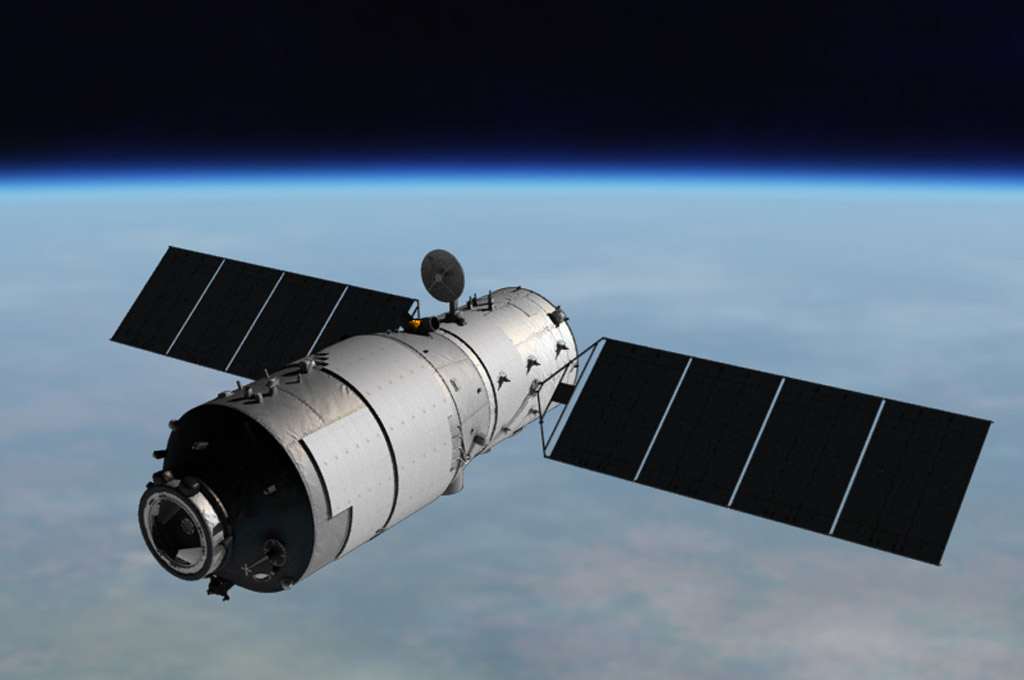Chinese space station Tiangong-1 is going to crash into Earth within a few months. In 2016, Chinese scientists had informed that they have lost control of the space station and predicted that it would crash into Earth in late 2017 or early 2018. And now, The Chinese Space Agency has reported that the space station is expected to crash-land on the Earth surface at the end of this year or early 2018.
According to the Guardian, The Harvard astrophysicist Jonathan McDowell told that Tiangong-1 is decaying quickly and it is expected that it would come down a few months from now – late 2017 or early 2018. On October 1, 2011, Tiangong-1 was launched on a Long March rocket from the Gobi Desert. The space station was supposed to be a long-term mission and establish a Chinese outpost in orbit, and also it was used for several manned and unmanned missions. But suddenly the Chinese Space agency got disconnected from Tiangong-1, and they have no idea about when and where it will fall.
The 8.5 tonne Tiangong-1 is not expected to entirely burn up in the atmosphere and will break up into large pieces instead and will fall on Earth. Although some parts might weigh around 100 Kg there is little chance that anyone would be harmed by the impact. Wu Ping, deputy director of the manned space engineering office, said that based on their calculations and analysis, most parts of the space lab would burn up during falling. But even if some parts of the space module manage to crash into the earth they will shrink into a smaller size but their velocity might become greater than a bullet.The Space lab module Tiangong-1 has done several key operations including a series of docking of exercises in 2012. Its successor, Tiangong-2, was launched on September 15, 2016.
The Tiangong-2 is placed in an orbit of 393 kilometers above Earth, and it is providing vital information about fundamental physics, fluid mechanics in microgravity, biology space science, etc. and also monitoring Earth from space. Also, it has the capability of measuring the topography of the ocean with very high precision which will help researchers get more information about Earth’s gravity field. Also, POLAR, a gamma-ray detecting equipment is also fitted with the Tiangong-2 which will study Gamma Ray Busters.
It was quite important for Chinese scientists to operate both Tiangong-1 and Tiangong-2 space models simultaneously so as o achieve their target of establishing a Chinese International Space Station in the Orbit. As International Space Station is going to retire on 2024, a Chinese Space station would have been a great international base for future astronauts. But as Tiangong-1 will crash within a few months without having any indication of its location or trajectory, it has somewhat surprised and also disheartened the Chinese Scientists. Previously many large space stations like The Russian Salyut 7, NASA’s Skylab have crashed into Earth, but their debris has not injured anybody.
